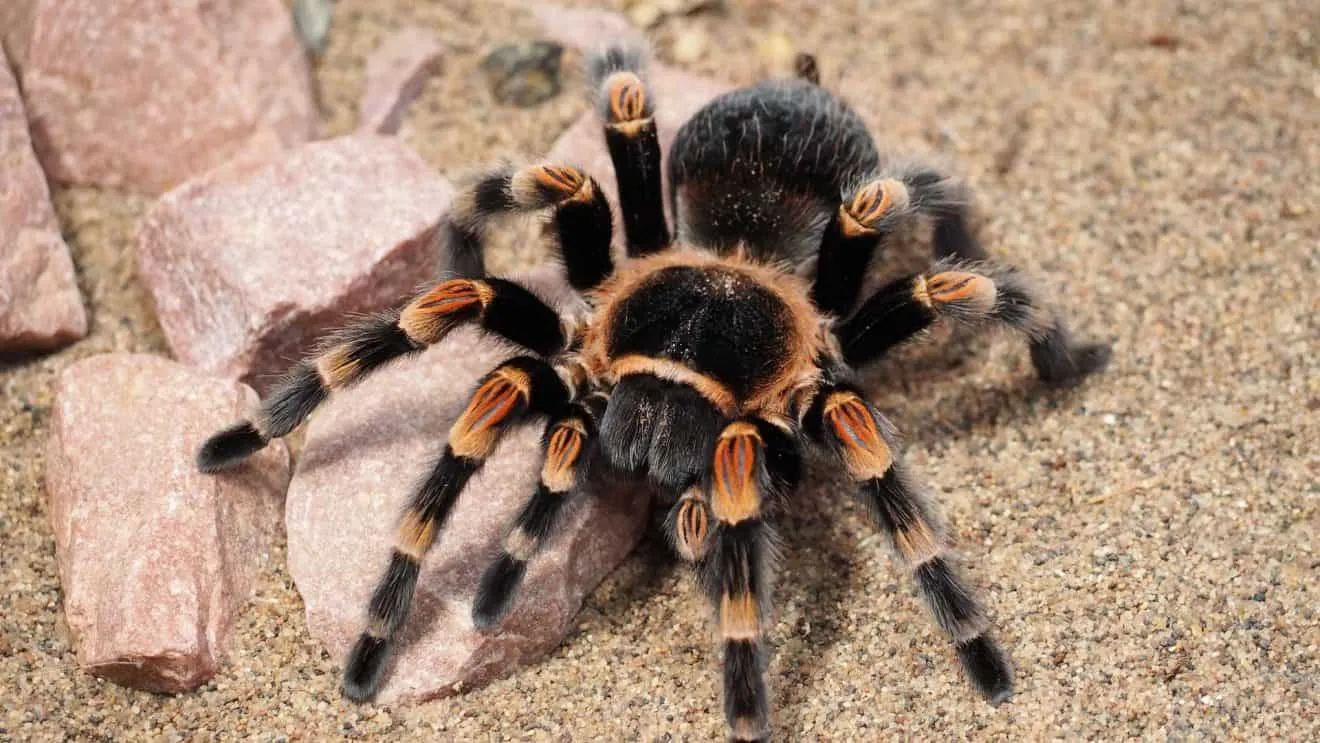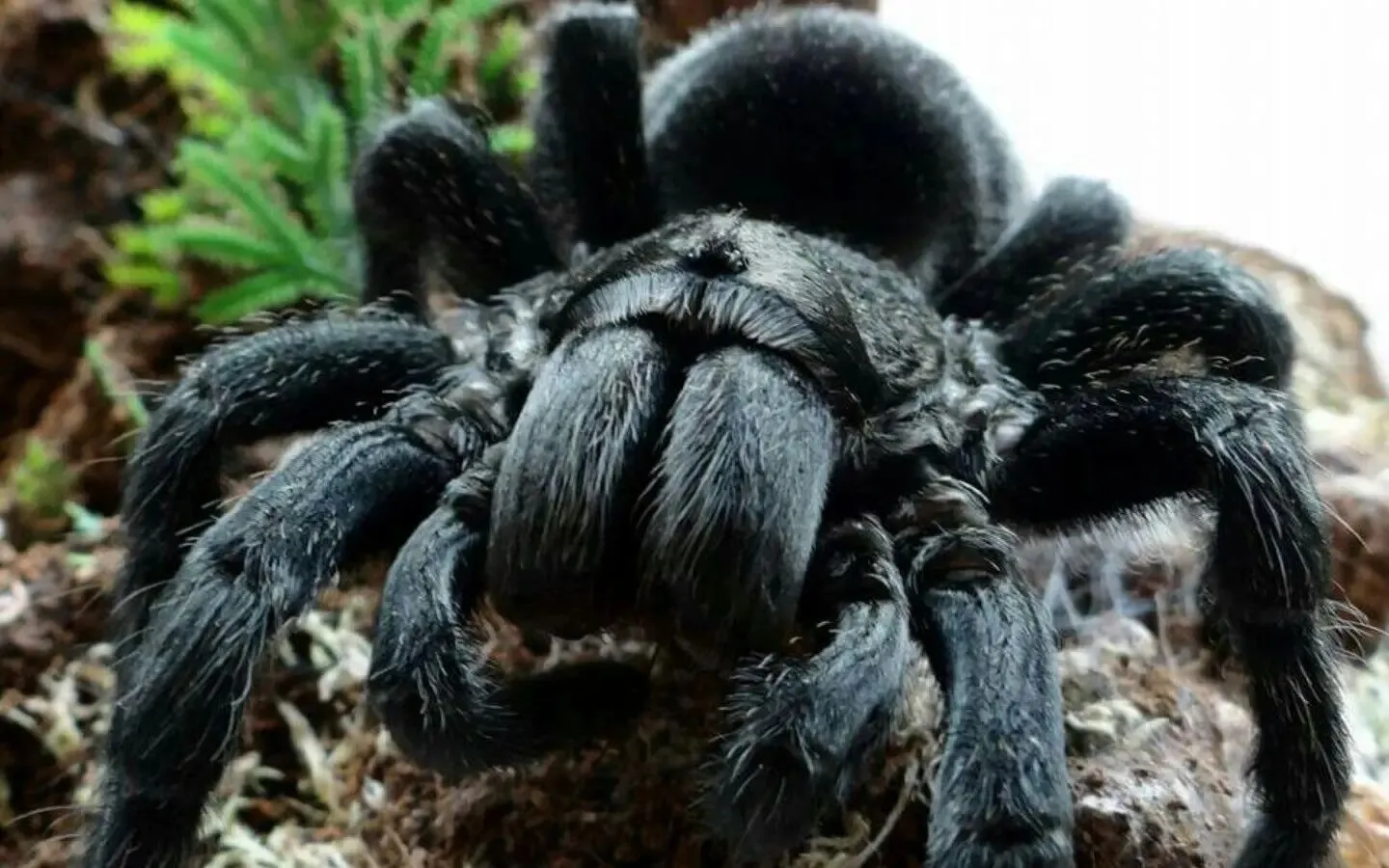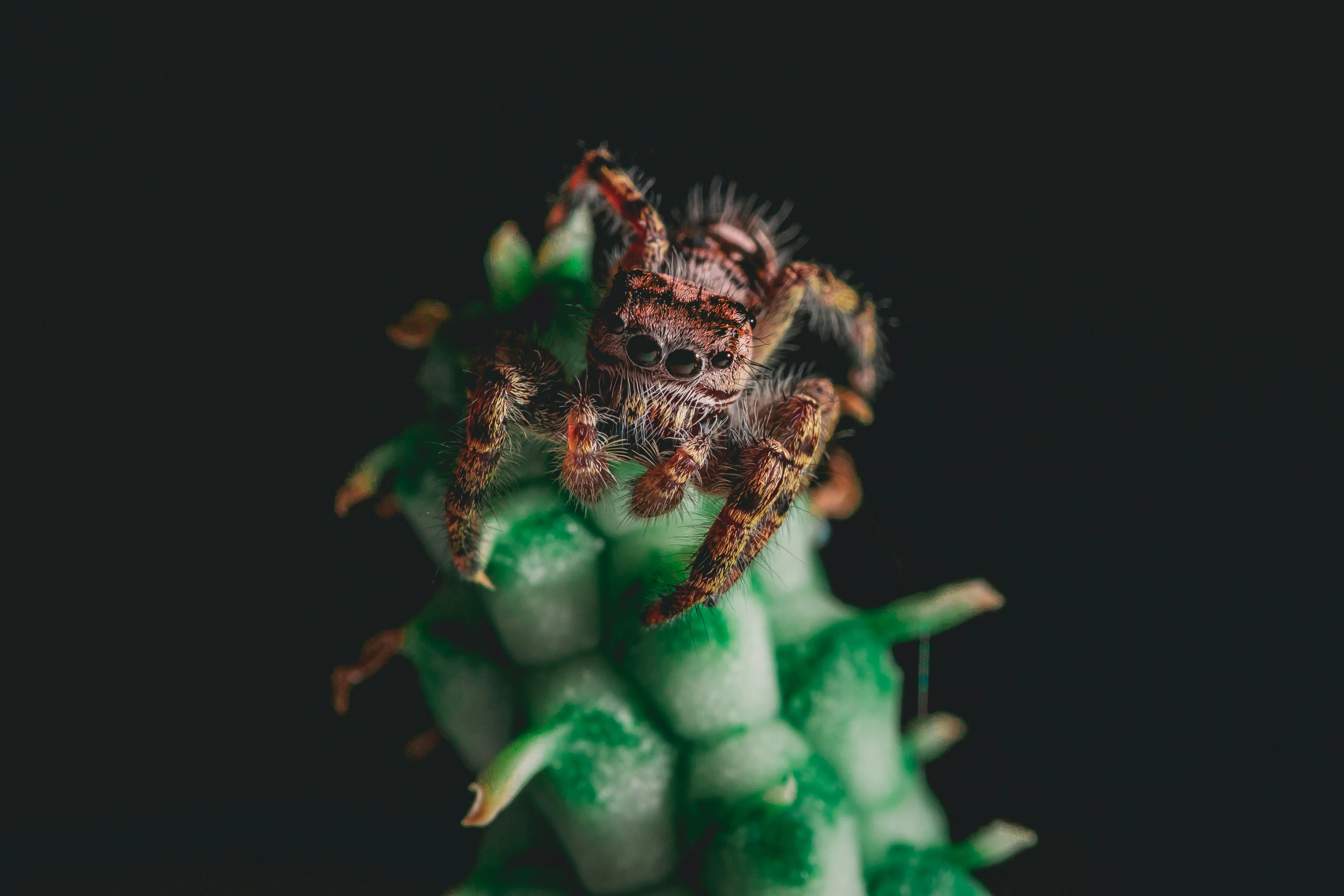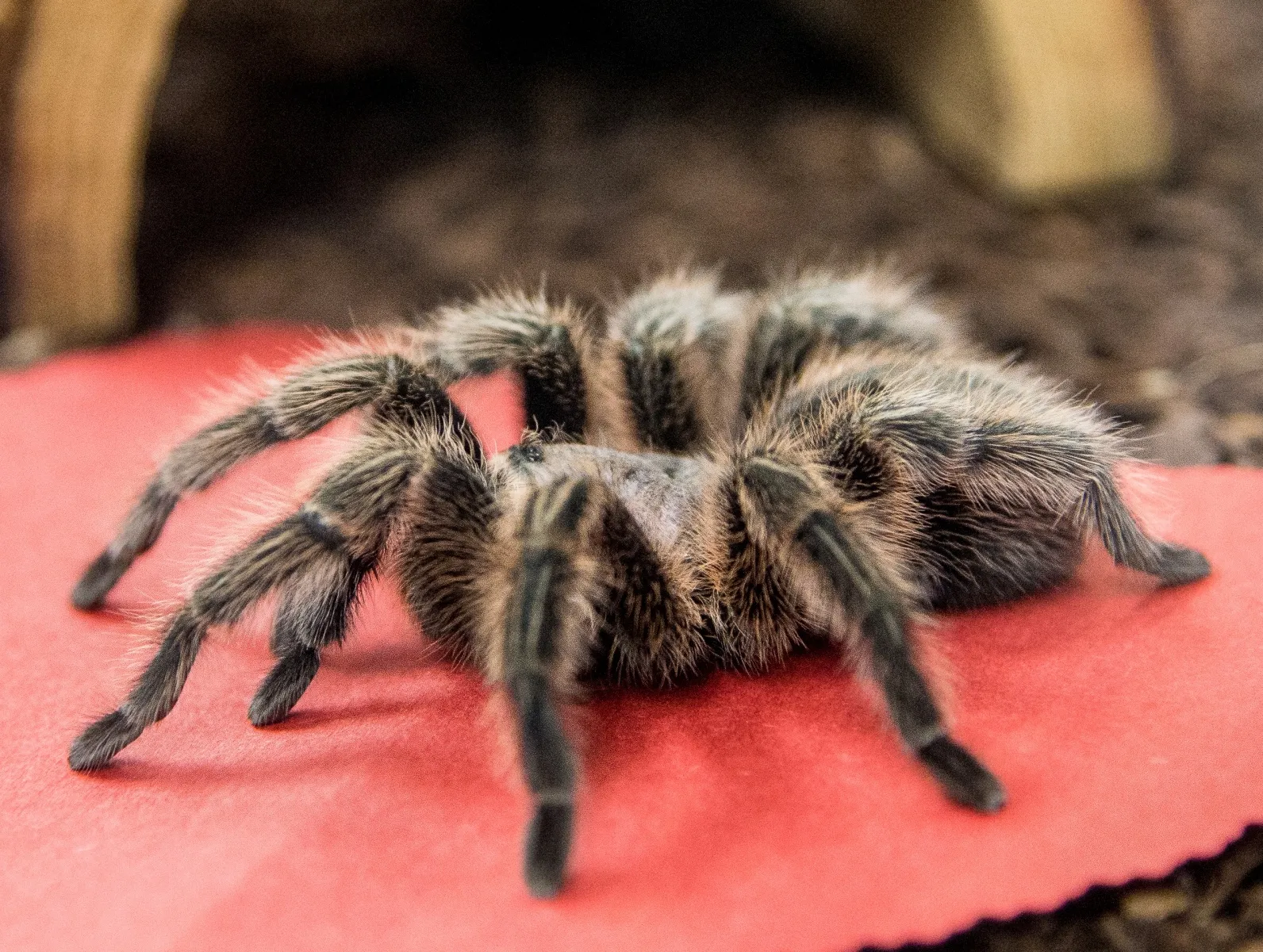What is Tarantella?
The tarantella, a vibrant dance and musical form, often sparks curiosity, especially when juxtaposed with the image of a tarantula spider. Understanding the tarantella begins with recognizing it as a passionate, fast-paced dance originating from Southern Italy. Traditionally, it’s associated with the belief that the dance could cure tarantism, a condition supposedly caused by the bite of a tarantula spider. Today, it is celebrated for its lively rhythms and energetic movements, representing a rich cultural heritage deeply rooted in Italian history. The dance involves complex footwork, intricate patterns, and the use of castanets or tambourines to enhance the music.
Origin and History of Tarantella
The origins of the tarantella are shrouded in a mix of history and folklore. It is believed to have emerged in the region of Taranto, Italy, during the 17th century. Its association with tarantism, a phenomenon where people exhibited erratic behavior and were thought to be cured by dancing to specific music, is a cornerstone of its history. Over time, the tarantella evolved beyond its initial medicinal purpose, becoming a celebration of Italian culture. It transformed from a ritualistic practice into a form of artistic expression, reflecting the joy and resilience of the people.
Musical Characteristics of Tarantella

The musical characteristics of the tarantella are defined by its fast tempo, typically in a 6/8 or 12/8 time signature. This rhythm creates a sense of urgency and excitement, driving the energetic dance movements. Instruments used in the tarantella often include mandolins, guitars, accordions, and tambourines, creating a vibrant soundscape. The music is repetitive and melodic, encouraging dancers to maintain a steady pace. The combination of these elements makes the tarantella instantly recognizable and undeniably engaging, perfectly complementing the dance’s dynamic style.
Cultural Significance of Tarantella
The cultural significance of the tarantella runs deep within Southern Italian communities. It symbolizes community, joy, and the spirit of resilience. For many, the tarantella is not just a dance but a way to connect with their heritage and celebrate their cultural identity. It is often performed at festivals, weddings, and other social gatherings, fostering a sense of togetherness. Furthermore, the tarantella has inspired numerous art forms, including literature, music, and visual arts, demonstrating its enduring importance and its ability to adapt and thrive across generations. The dance stands as a testament to the vibrant cultural traditions that continue to enrich the world.
What is a Tarantula?
In contrast to the tarantella dance, a tarantula is a large, hairy spider belonging to the Theraphosidae family. These arachnids are known for their size, often possessing a leg span that can exceed 10 inches. Tarantulas are found in various habitats, including tropical and subtropical regions around the world. Unlike the tarantella dance, tarantulas are not associated with music or cultural celebrations. Their existence is purely biological, playing an essential role in ecosystems. The fear of these creatures is a common phobia, which fuels the myth that the tarantella dance was created to cure people from the effects of a tarantula bite.
Physical Characteristics of Tarantula

Tarantulas are characterized by their large size and distinctive hairy bodies. Their eight legs, two pedipalps, and chelicerae (mouthparts) are all easily identifiable. They exhibit a range of colors, from browns and blacks to vibrant hues, depending on the species. The presence of urticating hairs on their abdomen, which they can flick off as a defense mechanism, is another notable feature. Their impressive size and unique physical traits make them fascinating subjects of study and admiration, as well as a source of fear for some people. Their bodies show an amazing display of nature’s design and adaptation for survival.
Tarantula Habitat and Behavior
Tarantulas inhabit diverse environments, from deserts and grasslands to tropical rainforests. Their behavior varies by species, with some being burrowers, others arboreal, and some terrestrial. They are generally nocturnal hunters, preying on insects, small animals, and sometimes even birds. The males often embark on elaborate mating rituals, involving tapping and display behaviors, before attempting to mate with females. These spiders also play a crucial role in maintaining the balance of their ecosystems, consuming a range of prey and serving as a food source for larger predators. Their survival hinges on their ability to adapt to their habitats and their predatory skills.
Diversity of Tarantula Species
The tarantula family encompasses numerous species, each with unique characteristics and adaptations. Species such as the Goliath Birdeater (Theraphosa blondi) hold the title of the largest spiders in the world. Others, like the Mexican Red Knee tarantula (Brachypelma hamorii), are popular pets due to their striking colors and relatively docile temperaments. These spiders exhibit a wide array of colors, sizes, and behaviors, reflecting their adaptation to various environmental niches. Studying tarantula diversity helps scientists understand the evolution, behavior, and ecological roles of these fascinating creatures, highlighting the biodiversity of our planet.
Tarantella and Tarantula Similarities

While the tarantella and tarantula are vastly different, the primary similarity lies in the origin of their names. Both stem from the Taranto region of Italy. Historically, the tarantella dance’s name is connected to the tarantula spider because of a folk belief that the spider’s bite could lead to a condition called tarantism. This belief linked the dance to a form of cure for the supposed effects of the spider’s venom. While the dance and the spider are separate entities, their shared geographical origin and historical context contribute to the common confusion surrounding their identities. This shared origin has led many to mistakenly assume a more direct connection between the two.
Common Misconceptions about Tarantella and Tarantula
Numerous misconceptions cloud the understanding of the tarantella and tarantula. One common misunderstanding is that the dance directly relates to spiders. Another misconception revolves around the idea that all tarantulas are venomous and highly dangerous to humans. In reality, tarantula bites are often no more dangerous than a bee sting to most people. Similarly, some people assume that the tarantella is a cure for tarantula bites, rather than understanding its origin in folklore. Dispelling these myths through education allows us to appreciate the richness of Italian culture and the beauty of tarantulas without bias or unnecessary fear.
Fact 1 The Origin
The tarantella dance originates from Southern Italy, particularly the Taranto region. This dance is a passionate folk dance known for its quick tempo and energetic movements. It is a traditional dance tied to the culture of this region. The name of the dance comes from the name of the region as well. This dance has a deep cultural history, embodying the spirit and heart of the local people.
Fact 2 The Nature

Tarantulas are large, hairy spiders belonging to the Theraphosidae family. They are native to various tropical and subtropical areas around the world. These spiders are recognized for their size and the hairiness of their bodies, often causing fear due to their appearance. They play an essential role in their ecosystems as predators of insects and small animals.
Fact 3 The Function
The function of the tarantella dance was thought to be a cure for tarantism, a condition thought to be caused by the bite of a tarantula spider. The fast-paced rhythm and movements of the dance were believed to expel the venom. The modern-day tarantella is seen as a cultural celebration, which showcases the rich heritage of the region. Tarantulas, on the other hand, are predators that hunt insects and small animals.
Fact 4 The Features
Key features of the tarantella include its quick tempo, complex footwork, and the use of instruments like mandolins and tambourines. This creates an energetic and lively soundscape. Tarantulas are characterized by their hairy bodies, large size, and potent fangs. Certain tarantula species, like the Goliath Birdeater, are among the largest spiders in the world, displaying a range of colors and adaptations.
Fact 5 The Confusion

The main confusion between the tarantella and tarantula stems from the shared geographical connection and the historical belief about tarantism. The dance and the spider both originate from the Taranto region of Italy. Many mistakenly assume a direct connection due to the belief that the dance cured tarantula bites. This has led to the widespread misunderstanding that the dance is directly related to the spider, when in reality, the connection is primarily rooted in folklore and historical context.
In conclusion, while the tarantella and tarantula share a name and historical ties, they represent distinct entities. The tarantella is a vibrant dance celebrating Italian culture, while the tarantula is a fascinating arachnid. Understanding the differences helps appreciate their unique characteristics. Now that you know the facts, you are ready to share this information!
